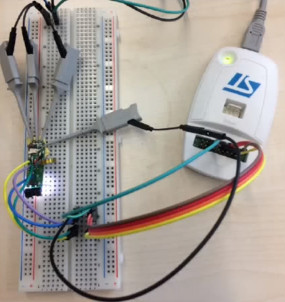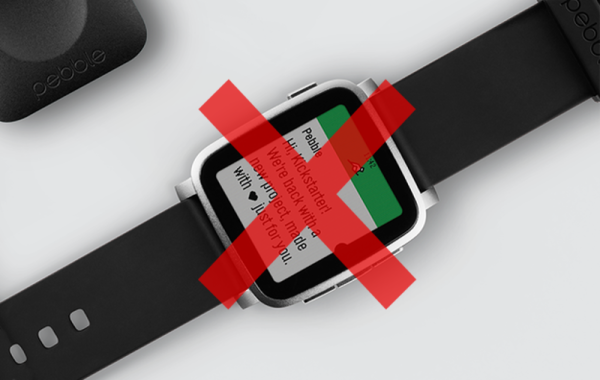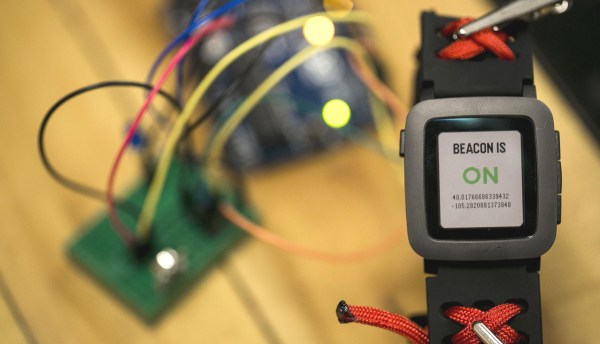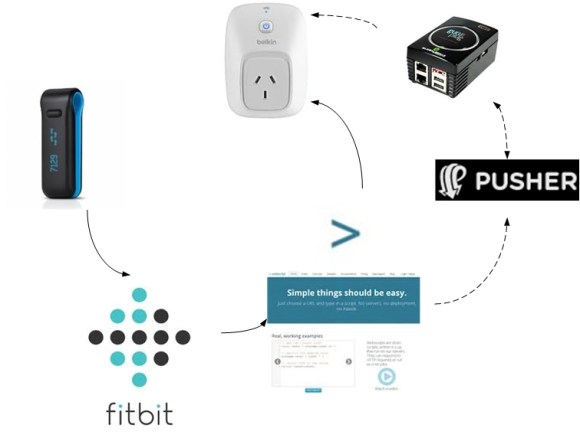If you walked into a gym and asked to sniff exercise equipment you would get some mighty strange looks. If you tell hackers you’ve sniffed a Fitbit, you might be asked to give a presentation. [Jiska] and [DanielAW] were not only able to sniff Bluetooth data from a run-of-the-mill Fitbit fitness tracker, they were also able to connect to the hardware with data lines using test points etched right on the board. Their Fitbit sniffing talk at 34C3 can be seen after the break. We appreciate their warning that opening a Fitbit will undoubtedly void your warranty since Fitbits don’t fare so well after the sealed case is cracked. It’s all in the name of science.
There’s some interesting background on how Fitbit generally work. For instance, the Fitbit pairs with your phone which needs to be validated with the cloud server. But once the cloud server sends back authentication credentials they will never change because they’re bound to to the device ID of the Fitbit. This process is vulnerable to replay attacks.
 Data begin sent between the Fitbit and the phone can be encrypted, but there is a live mode that sends the data as plain text. The implementation seemed to be security by obscurity as a new Bluetooth handle is used for this mode. This technique prevents the need to send every encrypted packet to the server for decryption (which would be for every heartbeat packet). So far the fix for this has been the ability to disable live mode. If you have your own Fitbit to play with, sniffing live mode would be a fun place to start.
Data begin sent between the Fitbit and the phone can be encrypted, but there is a live mode that sends the data as plain text. The implementation seemed to be security by obscurity as a new Bluetooth handle is used for this mode. This technique prevents the need to send every encrypted packet to the server for decryption (which would be for every heartbeat packet). So far the fix for this has been the ability to disable live mode. If you have your own Fitbit to play with, sniffing live mode would be a fun place to start.
The hardware side of this hack begins by completely removing the PCB from the rubber case. The board is running an STM32 and the team wanted to get deep access by enabling GDB. Unfortunately, the debug pins were only enabled during reset and the stock firmware disables them at startup (as it should). The workaround was to rewrite the firmware so that the necessary GPIO remain active and there’s an interesting approach here. You may remember [Daniel Wegemer] from the Nexmon project that reverse engineered the Nexus 5 WiFi. He leveraged the binary patching he used on Nexmon to patch the Fitbit firmware to enable debugging support. Sneaky!
For more about 34C3 we have a cheatsheet of the first day and for more about Fitbit security, check out this WAV file.
Continue reading “34C3: Fitbit Sniffing And Firmware Hacking”

















